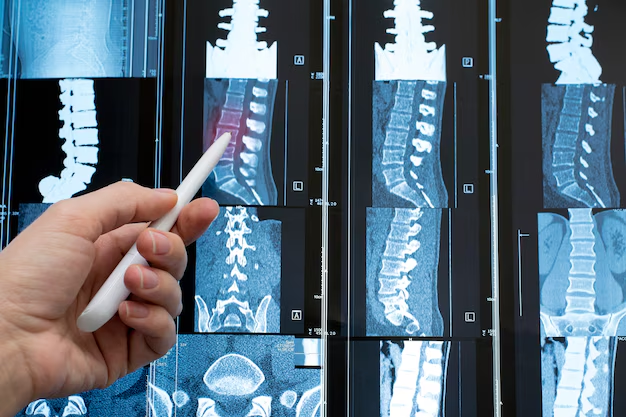Understanding the Difference: Osteopenia vs. Osteoporosis
In the realm of bone health, osteopenia and osteoporosis are terms often used interchangeably by mistake. Both conditions relate to bone density, but they aren't the same. Knowing the distinctions between them is crucial for adopting the right preventive or therapeutic measures.
What is Osteopenia?
Osteopenia is a condition characterized by lower-than-normal bone density. It serves as a precursor to osteoporosis, indicating that bones are weaker than normal. However, osteopenia doesn’t necessarily guarantee future bone fractures. It’s a warning sign rather than a diagnosis, suggesting that you need to adopt lifestyle changes to improve your bone health.
Symptoms and Diagnosis
- Osteopenia often presents with no symptoms until bone density has decreased significantly.
- It is typically diagnosed through a Bone Mineral Density (BMD) test using a DEXA scan.
- A T-score of -1.0 to -2.5 on the test indicates osteopenia.
What is Osteoporosis?
On the other hand, osteoporosis is a condition where bones become brittle and fragile due to significant bone density loss. It’s a progression from osteopenia, carrying a higher risk of fractures. People with osteoporosis may suffer fractures from minor falls or, in severe cases, from simple actions like bending over.
Symptoms and Diagnosis
- Symptoms may include back pain, a stooped posture, or fractures that occur more easily than expected.
- Diagnosed again through a BMD test, osteoporosis is indicated by a T-score of -2.5 or lower.
Key Differences
- Bone Density Levels: Osteopenia indicates moderately reduced bone density, while osteoporosis shows severely low levels.
- Risk of Fractures: Osteopenia has a lower risk of fractures compared to osteoporosis, which significantly increases this risk.
- Treatment Urgency: Osteoporosis requires more aggressive intervention strategies to prevent fractures, unlike osteopenia, which might be managed with lifestyle changes and monitoring.
Preventive and Management Strategies
Prevention and treatment mainly involve lifestyle modifications, dietary changes, and possibly medications. Here’s what you can do:
- Calcium and Vitamin D: Consume foods rich in calcium and vitamin D.
- Regular Exercise: Focus on weight-bearing exercises to strengthen bones.
- Avoid Smoking and Excess Alcohol: These can exacerbate bone density loss.
- Medications: For osteoporosis, consult a healthcare provider about potential medications that can strengthen bones.
Tapping into Financial Resources
While managing osteopenia or osteoporosis, the costs can add up with medications, dietary supplements, and lifestyle changes. Here are some financial assistance avenues to explore:
- 🏥 Government Aid Programs: Programs such as Medicare or Medicaid often cover part or all of the costs associated with diagnostic tests and treatments.
- 💊 Prescription Assistance: Many pharmaceutical companies offer assistance programs for those who cannot afford osteoporosis medications.
- 💳 Flexible Spending Accounts (FSAs): FSAs can be used to cover out-of-pocket medical expenses, including bone density tests and treatments.
- 🎓 Educational Grants for Health Awareness: Nonprofit organizations sometimes offer grants focused on health education related to osteoporosis.
Taking proactive steps in understanding and managing these bone conditions is vital in maintaining quality of life. Explore available financial aid and resources to ensure you get the best possible care and support.

Related Topics
- a Nurse Is Caring For a Client Who Has Osteoporosis.
- a Percutaneous Is Performed To Treat Osteoporosis Related Compression Fractures
- Can Alcohol Cause Osteoporosis
- Can I Do Pilates If I Have Osteoporosis
- Can I Reverse Osteoporosis
- Can Men Get Osteoporosis
- Can Osteoporosis Affect Teeth
- Can Osteoporosis Be Cured
- Can Osteoporosis Be Painful
- Can Osteoporosis Be Reversed